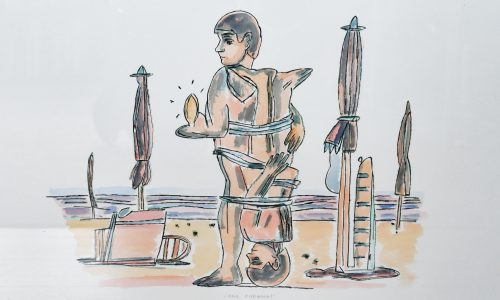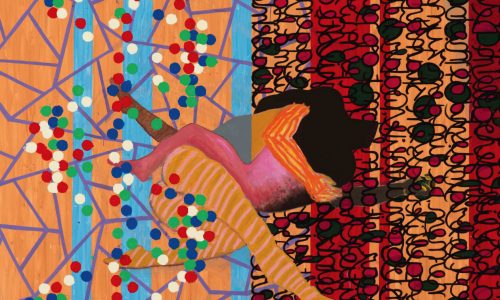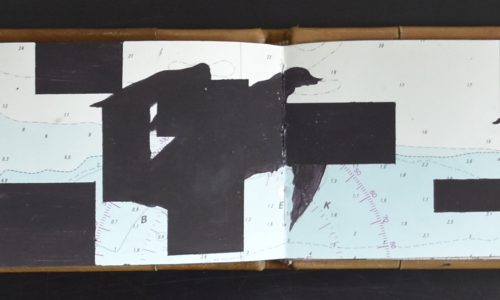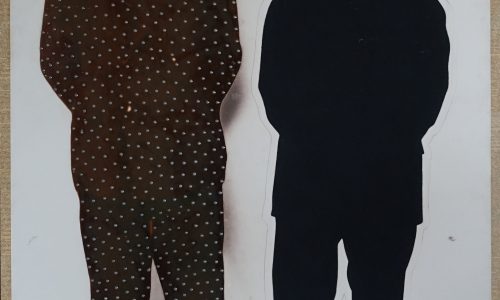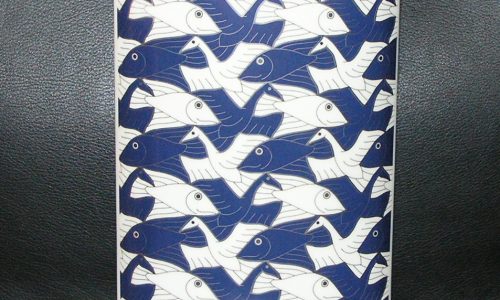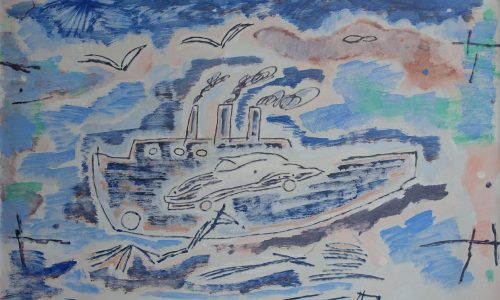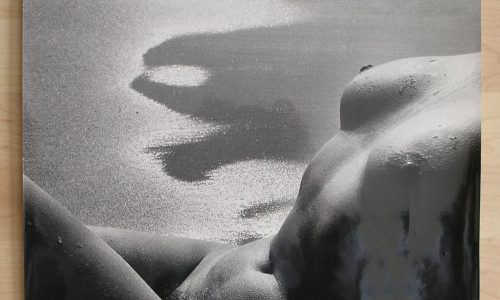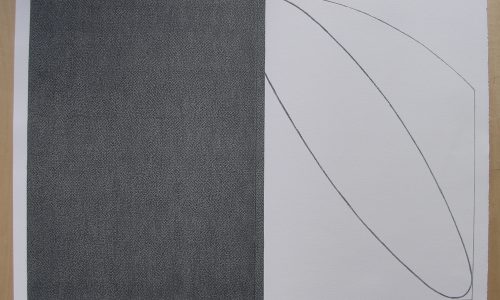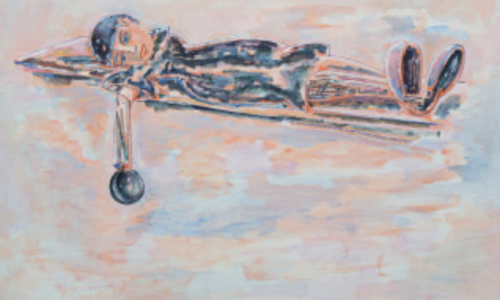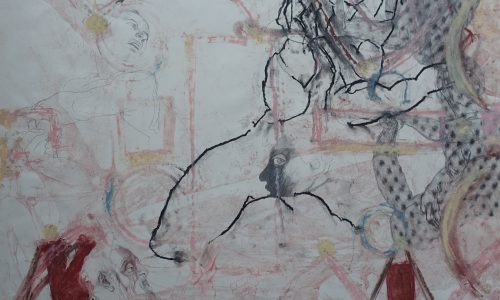
Born Rumanian, but living for most of his life in France. From the early Fifties on, France had a very lively comic art scene. This surely has been an influence since his cartoon-like drawings were strongly rooted in this kind of art in France BD / Bandes Dessinees) became increasingly popular and so did the art by André François. This was picked up by Willem Sandberg who curated an exhibition on André François in 1966. Catalogue design by Wim Crouwl makes this one of my personal favourite catalogues from the Sixties. the article below was published in the Guardian some years ago…..and of course www.ftn-books.com has the 1966 Stedelijk Museum catalogue available.

André François born André Farkas in 1915 was an illustrator known for his satirical cartoons and comics. He was born in Romania and but eventually moved to Paris. He was a left-wing Jewish and during WWII he hid away from the Germans, and after the war moved to Grisy-les-Plâtres where he eventually passed away in 2005 after a long successful career.
Francois took his early inspiration from the Art Deco movement and the renowned illustrator A.M. Cassandre. When he moved to Paris he actually studied under Cassandre for some time.

He worked in many satirical publications in France and also in American publications like the New Yorker, Vogue, Holiday and Sports Illustrated. Beyond magazines he also worked in the realm of children’s book illustration, adult content illustration and within the advertising industry (as many illustrators of the time did). In advertising he often created visual puns usually. This usually involved turning inanimate objects into human forms as well as the opposite.

He became known in Paris for the sense of humour in his work, which he primarily completed in crude black and white ink drawings, with the occasional injection of vibrant colour. He became well-known and sought after by art directors in America after he published several anthologies of his cartoon work titled “The Penguin André François”, “The Tattooed Sailor and Other Cartoons From France” and “The Half-Naked Knight”. His obituary published in the New York Times describes his style perfectly: “François’ crude but sensual black-and-white brush drawings and starkly colored paintings, employing surreal and ironic juxtapositions, introduced serious whimsy to conservative commercial art. He also injected a comedic eroticism that broke various taboos.”

At the age of 86, his house underwent a terrible house fire and he lost almost all of his work. His friends report that he wanted to create a completely new set of work to replace that which was lost. In 2005 he died from heart and kidney failure.

What drew me to François’ work is the looseness and simplicity. It reminds me of another contemporary illustrator who I love named Manddy Wyckens. It also reminds me of the illustrations done by Jean-Jacques Sempé for the children’s comic Petit Nicolas. What I love about François’ work is that he doesn’t just create cute, or beautiful images, he is always saying something. While he aims to convey a message, he also doesn’t give the audience all of the puzzle pieces. Sometimes it takes a little longer to understand what the illustration means but when you understand it, it’s all the more rewarding.
I think part of the reason I’m attracted to his work is that I can relate to it as I feel that I am always trying to say something with my work, but often the results are crude drawings and paintings.
The looseness and simplicity is also something I love about his work. Being able to communicate a message with a style that seems effortless is commendable. Looseness and simplicity is something I would love to learn how to use in my own work so I will be sure to look to André François for future inspiration.





























